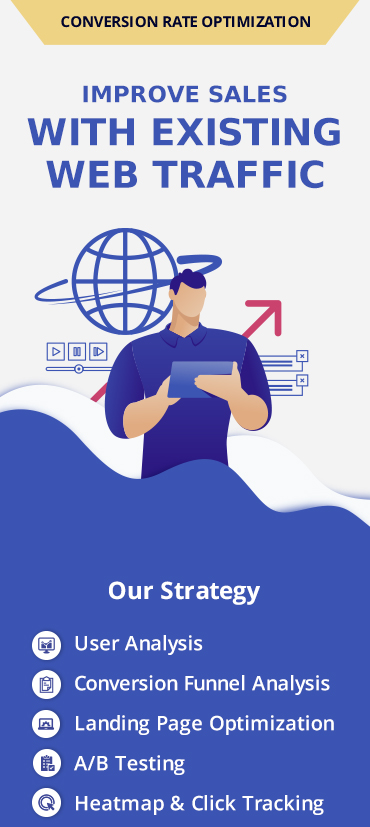If you are one of those advertisers who currently don’t have a way to measure conversions and optimize AdWords campaigns, the new Smart Goals, powered by Google Analytics might give you a leg up over your competitors and lead your business in the new direction. The key purpose behind the introduction of Smart Goals is to help businesses identify the highest quality visits to their website and optimize those visits in AdWords. Implementing this new Google Analytics reporting feature in your website will nurture your ads, your bids, and your website.

Smart Goals – Let’s take a closer look to it!
As the name suggests, Smart Goals is a smart way of measuring the performance of your website with the aim to fulfill your target objectives successfully. Smart Goals are the metrics that record high-quality website visits (that have high probability to covert). Google considers numerous signals while evaluating these Smart Goals, which include the type of devices used by the user, type of browser used, session duration, etc. Configuring your goals correctly will allow Google Analytics to offer you with critical information, such as the conversion rate of your site or app and the total number of conversions.
How do Smart Goals work?
- Smart Goals use machine learning to scrutinize loads of signals related to your website visits. By doing this, it determines which of those signals are most likely to result in a conversion
- Each visit is assigned a score and the ‘best’ ones are translated into ”Smart Goals”
- Smart Goals then establish a threshold in order to determine your website’s ‘best’ visits
- After establishing a threshold, these Smart Goals can be tied to other channels of the traffic source
- Once you enable Smart Goals in Google Analytics, they can be easily imported into AdWords
Working with Smart Goals – 3 basic steps!
Step 1: Enable Smart Goals in Google Analytics
- Go to the Admin section of your Google Analytics account after signing in

- Click on Goals and select Smart Goals
- Name your Smart Goal and click save

Step 2: Import Smart Goals into AdWords
For using Smart Goals to optimize your AdWords performance, it is important that you import them into AdWords. It can be done by following a few basic steps:
- To use Smart Goals, you need to link your Google Analytics and AdWords accounts first
- Once linked, you have to wait for at least 30 minutes in order to get the imports
- When your imports are ready, you can sign-in to your AdWords account and select the Smart Goals option under the Goals panel in the Admin tab
- Click the Tools tab and then select Conversions
- Click on Google Analytics from the left-hand menu
- Select the boxes you want to import and then click Continue
- A new page will appear showing the details of all the goals and transactions you selected. Click on Import Goals
- Click Close if you are done with the importing process or click Import more if you want to import more goals

Step 3: Optimize Smart Goals in AdWords
Using Smart Goals, you can effectively optimize your AdWords performance and divide the expenditure of your ads by the number of completed Smart Goals. This is your cost per acquisition (CPA). You can set your target CPA in AdWords accordingly. Target CPA Bidding is most preferred when it comes to optimizing your AdWords account. By using this strategy, you can simply set your CPA and optimize the account around the Smart Goals. Moreover, advertisers can also use the Manual CPC Bidding, which involves the manual bid strategy.
Points to remember before using Smart Goals
Reports depict that opting for Smart Goals not only helps you optimize your ad campaigns, but also convert your website visits into leads and potential customers. But, before you go any further, there are a few requirements that you need to meet:
- Your AdWords account and Google Analytics account must be linked
- Before setting up the Smart Goals, make sure you have sent at least 1000 clicks to the specific Google Analytics account from your linked AdWords account in the past month
- Make sure the reporting view has received less than 1 million hits per day
- Don’t forget to turn on the Data Sharing setting – ‘Google products and services’ for your Google Analytics account
Limitations of Smart goals
Here are some limitations of Smart Goals. They:
- Cannot be configured or customized
- Can only take up one of the twenty available goal slots
- Can be used for website views, and not for mobile app views
- Are not available for views that receive more than 1 million hits per day
- Do not support views through conversions and cross-device conversions
Note: Smart Goals have not been completely rolled out and not all advertisers or analytics users will see the feature in their accounts. However, the feature is expected to gradually appear for all the users.











